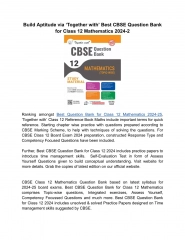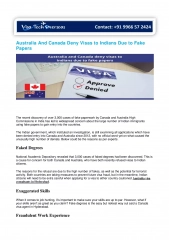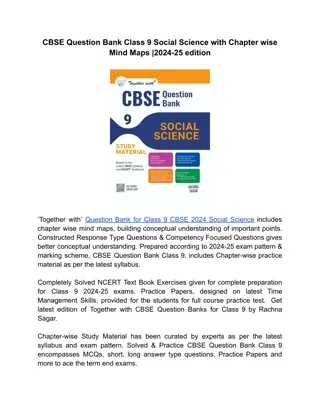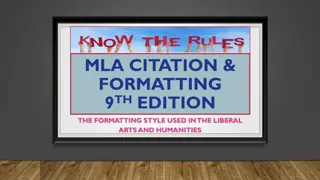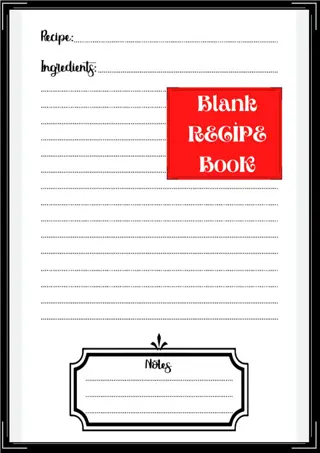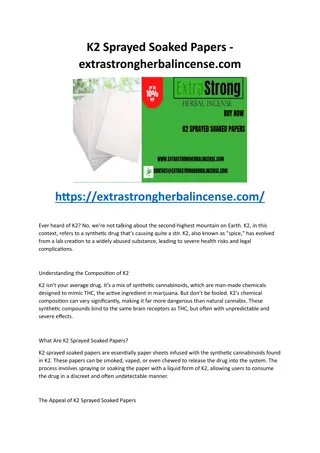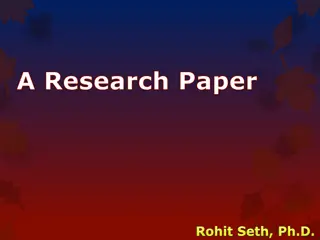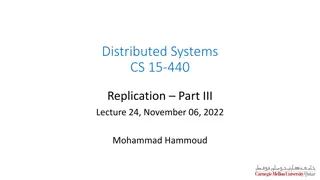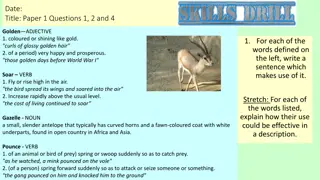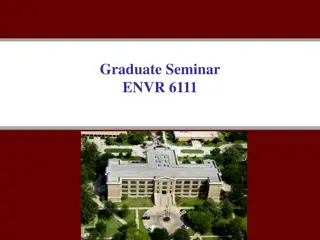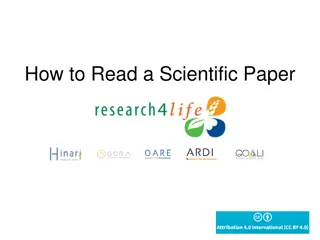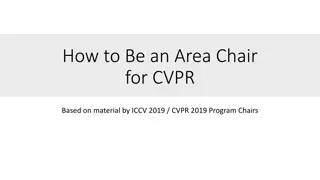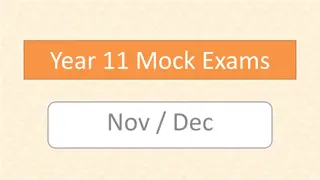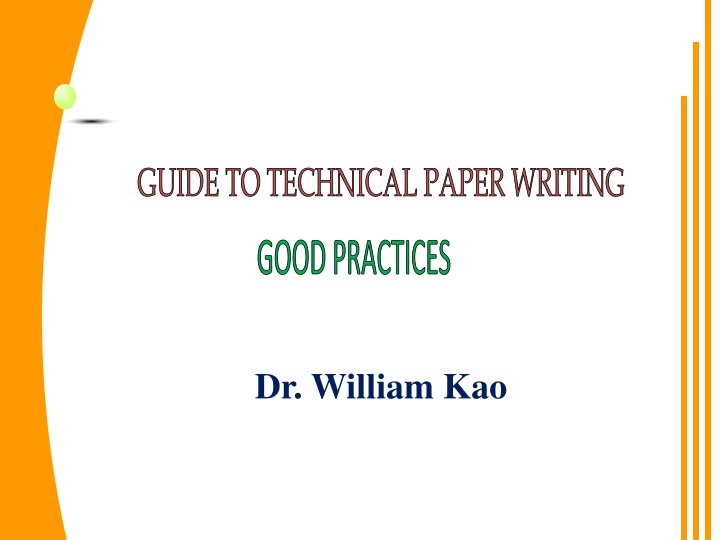
Effective Technical Paper Writing: Best Practices and Guidelines
Enhance your technical paper writing skills with Dr. William Kao's detailed guide. Learn the writing process flow, key components of a paper, and how to construct a compelling title. Understand the philosophy behind paper writing and master the art of clear claim presentation. Improve your research planning, abstract writing, and conclusion formulation. Elevate your technical writing with this comprehensive resource.
Download Presentation

Please find below an Image/Link to download the presentation.
The content on the website is provided AS IS for your information and personal use only. It may not be sold, licensed, or shared on other websites without obtaining consent from the author. If you encounter any issues during the download, it is possible that the publisher has removed the file from their server.
You are allowed to download the files provided on this website for personal or commercial use, subject to the condition that they are used lawfully. All files are the property of their respective owners.
The content on the website is provided AS IS for your information and personal use only. It may not be sold, licensed, or shared on other websites without obtaining consent from the author.
E N D
Presentation Transcript
GUIDE TO TECHNICAL PAPER WRITING GOOD PRACTICES Dr. William Kao
CONTENTS 1. The Writing Process Flow 2. Research Planning 3. Paper Writing: The Philosophy 4. Contents of a Paper 5. Constructing the Title 6. Writing the Abstract 7. Writing the Introduction 8. Writing the Main Body 9. Writing the Conclusion 10. Conclusion
THE WRITING PROCESS FLOW 1. Research Planning 2. Obtaining results 3. Organizing results 4. Planning for publication 5. Writing the title 6. Writing the abstract 7. Writing the introduction 8. Writing the main contents Theory Simulation/ Experiment Results and Discussion 9. Writing the conclusion 10.Pre-submission reviewing and editing 11.Submitting 12.Correcting
PAPER WRITING: THE PHILOSOPHY A paper contains a report on (new) findings and/or solutions. The purpose of the write-up is to convince the findings/solutions are important and better than the existing solutions. The write-up describes : What you are doing What problems you want to solve/reduce Why is it important What have you achieved How you achieved it, and How much better is it? reader that your
IN SHORT. State your claims clearly, Support and prove your claims beyond doubts
CONTENTS OF A PAPER 1. Title 2. Abstract 3. Introduction 4. Main Body 1. Theory 2. Simulation/Experimental Design 3. Results and Discussion 5. Conclusion 6. References 7. Other information: Authors, Acknowledgements, Index
IN OTHER WORDS A paper contains: Title, Abstract An Introduction The Actual Works and Findings Conclusion A list of References
CONSTRUCTING THE TITLE A title should indicate: The systems you are working on The problems you are solving Your achievements Your methodology State each point in one or two words
SAMPLE TITLES A widely tunable hybrid brillouin-erbium ber laser (BEFL) System Mohamad K. Abdullah, Suhairi Shaharudin, Mohd Adzir Mahdi, and Rosdisham Endut Stability Robustness Analysis of Multiple Time- Delayed Systems Using Building Block Concept Hassan Fazelinia, Rifat Sipahi, Nejat Olgac Broad Beamwidth and Cross Polarization Free Dipole Antennas With Reactive Loaded Monopoles Kazushi Nishizawa, Hiroaki Miyashita, Shigeru Makino, Kunio Sawaya A New Family of Optical Code Sequences for Spectral-Amplitude- Coding Optical CDMA Systems S. A. Aljunid, M. Ismail, A. R. Ramli, Borhanuddin M. Ali, and Mohamad Khazani Abdullah Broadband Dielectric Resonator Antenna With Metal Coating Tze-Hsuan Chang, Jean-Fu Kiang A Synchronous Digital Hierachy Based Dynamic Error Correction Technique For Wavelength Division Multiplexing Networks CL Cheah, BM Ali, MA Mahdi, MK Abdullah
WRITING THE ABSTRACT An abstract elaborates the same items as indicated by the Title: The systems you are working on The problems you are solving Your achievements, Your methodology Elaborate each point in 1 or 2 sentences
SAMPLE ABSTRACT Abstract: With the increase in circuit performance (higher speeds) and density (smaller feature size) in deep submicron (DSM) designs interconnect parasitic effects are increasingly becoming more important. This paper first surveys the state of the art in parasitic extraction for resistance, capacitance and inductance. The paper then covers other related issues such as interconnect modeling, model order reduction, delay calculation and signal integrity issues such as crosstalk. Some future trends on parasitic extraction, model reduction and interconnect modeling are discussed and a fairly complete list of references is given.
WRITING THE INTRODUCTION Introduction section should clearly describe: 1. The scope of area of research 2. Motivation factor: The importance of the area of research 3. Problem Statement: The specific problems you attempt to solve 4. Critical Review: Weaknesses of existing solutions 5. The achievements (main results) 6. The methodology (in brief)
THE MAIN BODY 1. THEORY 2. METHODOLOGY: SIMULATION and/or EXPERIMENTAL DESIGNS 3. RESULTS AND DISCUSSIONS
WRITING THE THEORY Compulsory if your results involve modification of the existing theory/model, Optional otherwise Provide the main equations relating to the parameters you are presenting Describe how you have modified/improved the equations suiting to your design Show the derivation sufficiently
WRITING THE SIMULATION/EXPERIMENTAL DESIGN (SET-UP) Describe how the design works i.e the working principle of the design Describe the components used especially the important ones Describe how the design is different from others (existing ones) Highlight the design advantages i.e in terms of simplicity, cost etc. Provide the specification of the system design/set-up in running texts or in tabular forms. Describe the assumptions made (sometimes, certain devices are used to simulate real environments)
WRITING THE RESULTS AND DISCUSSIONS Present and analyze using: Characterization curves / analysis Comparative curves/ analysis Optimization curves/ analysis Two angles of analyses: 1. Analysis of trend 2. Analysis of reason
Results: CONTINUED Justify if any of your results is inferior to others Highlight your better results Explain why and how the better results are achieved Relate the explanation to the theory Substantiate every claim (conclusive statements) made through the results and/ or referencing (except for the obvious, well known facts)
WRITING THE CONCLUSION Elaborate the items in the Abstract a little further focusing on the results (achievements), and your advantages
SAMPLE CONCLUSION In this paper, we have proposed a new family of optical code structure encoding optical CDMA system. It has been shown that the MDW code performs better than the system encoded with Hadamard and MFH codes. The advantages of the proposed code are numerous, including easy and efficient code construction, simple encoder decoder design, existence for every natural number , ideal cross-corre-lation , and high SNR. The simulated result of one of the four MDW coded carriers running at 10 Gb/s over a communication-standard fiber shows a good quality transmission at the BER of 10-12. for amplitude-spectral
WRITING THE REFERENCES Ensure that all references are quoted in the text More references in Introduction, and Results and Discussion Normally, at least 5 references Avoid URL-sites Follow formats The later (recent) the better
CONCLUSION Writing technical papers require proper planning from early on It is important to understand the structure of a paper The main focus is on the Introduction and the Main Body Clarity in the research leads to easy paper writing Writing skills requires practice

